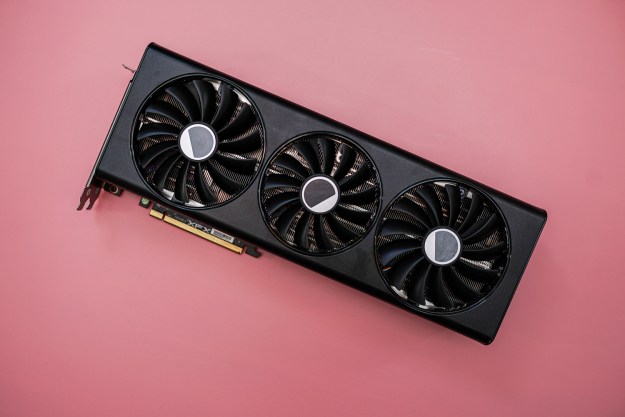
Multi-core CPUs are finding their way into more than just personal computers. Renesas Technology announced the latest additions to their SuperH line of microcontrollers on Monday, which will bring dual-core technology to consumer products and industrial equipment, as well as car audio and navigation systems.
Renesas introduced the multi-core design after hitting the same wall in performance that other CPU manufacturers were encountering: the laws of physics. The traditional approach of packing more and more process nodes onto chips to make them smaller and faster started producing unsavory results, like leakage current. The multi-core solution was a way to bypass this problem, and offers other benefits as well, such as being able to run different operating systems simultaneously on different cores.
Although other specialized multi-core CPUs have been introduced for functions like image processing in the past, Renesa claims their new SuperH microcontrollers will be more flexible in their potential applications. When operating at 200 Mhz, the processors will be able to execute 480 million instructions per second and 400 million floating point operations per second, according to Renesa’s benchmarks.
Besides having dual cores, the SuperH microcontrollers will also include a host of other on-chip capabilities, including a USB v2.0 interface, ATAPI interface, 2d graphics engine, video output, and a multi-function timer suitable for motor control. One model will even include an accelerator for AAC audio encoding.
The microcontrollers will go on sale in July for between $21 and $23.
Editors' Recommendations
- Some Intel CPUs lost 9% of their performance almost overnight
- The best budget CPUs you can buy in 2024
- AMD’s next-gen CPUs are much closer than we thought
- Do CPUs require drivers?
- The biggest threat to the MacBook this year might come from Apple itself


